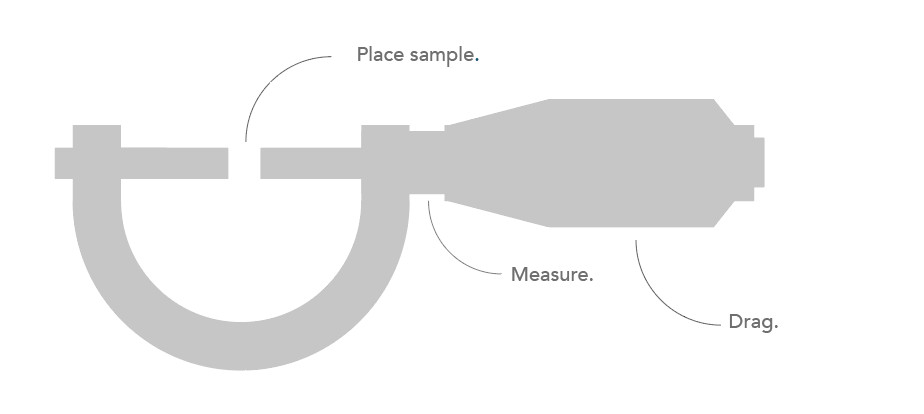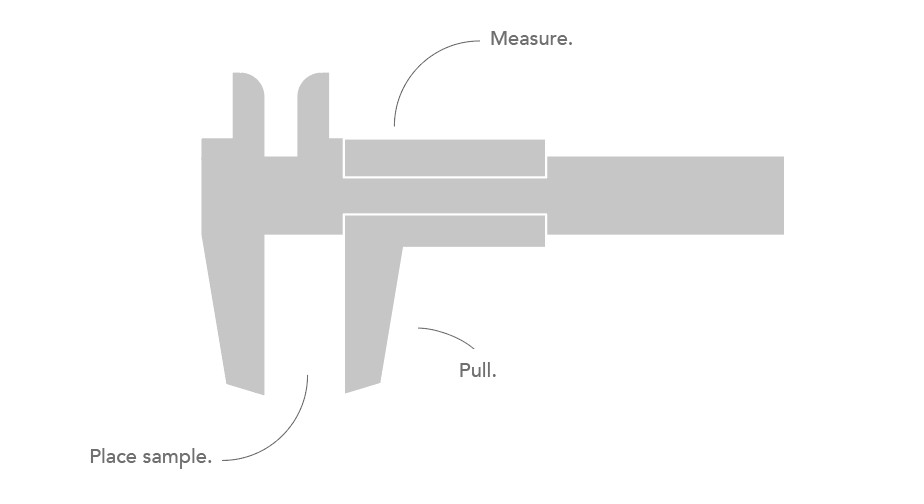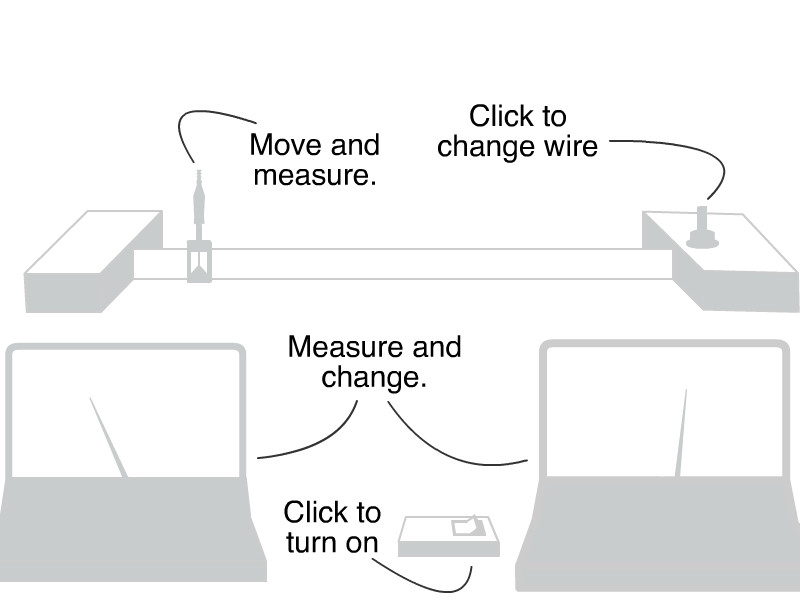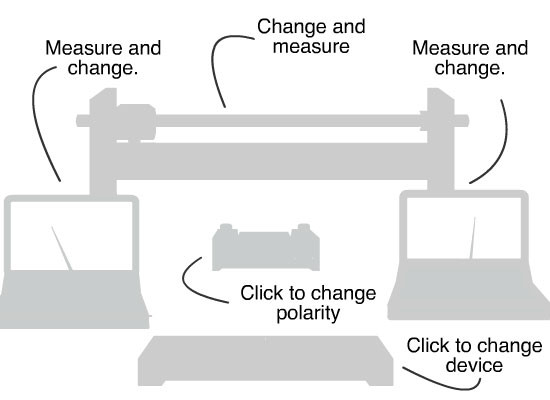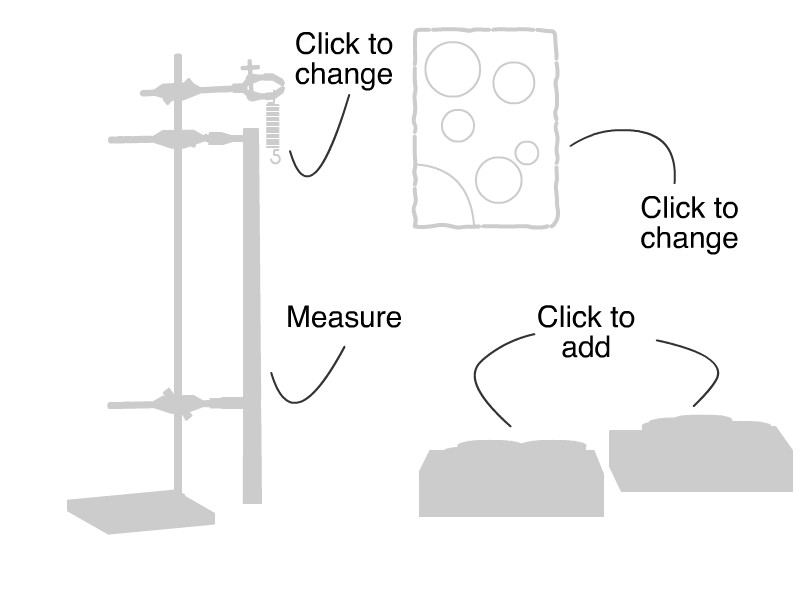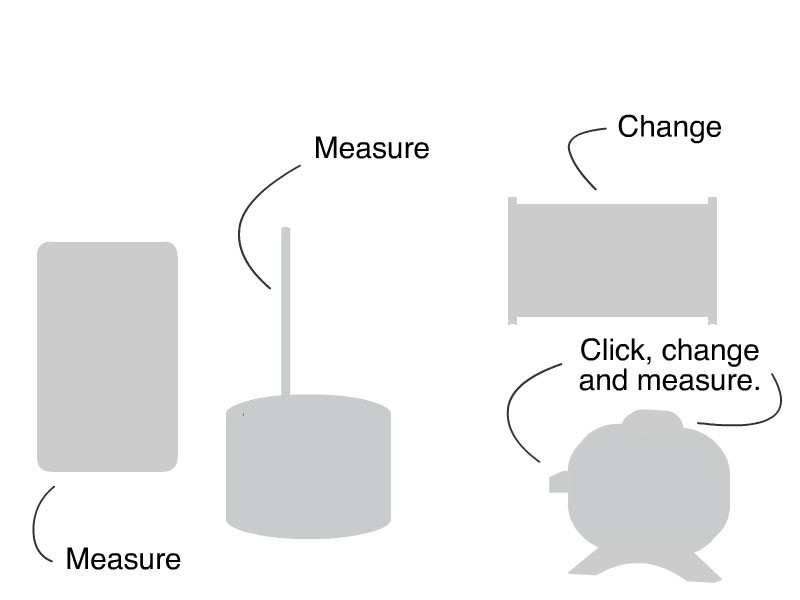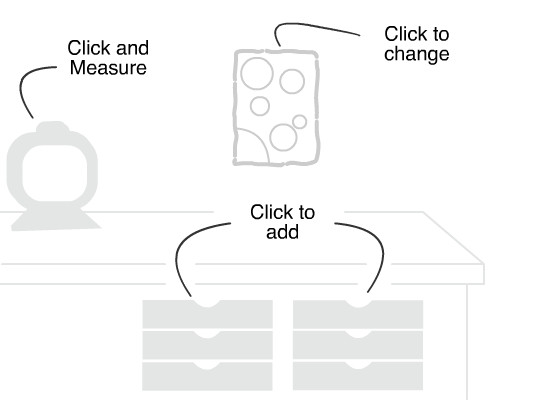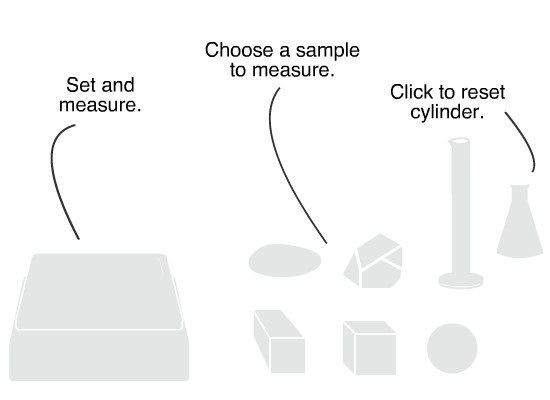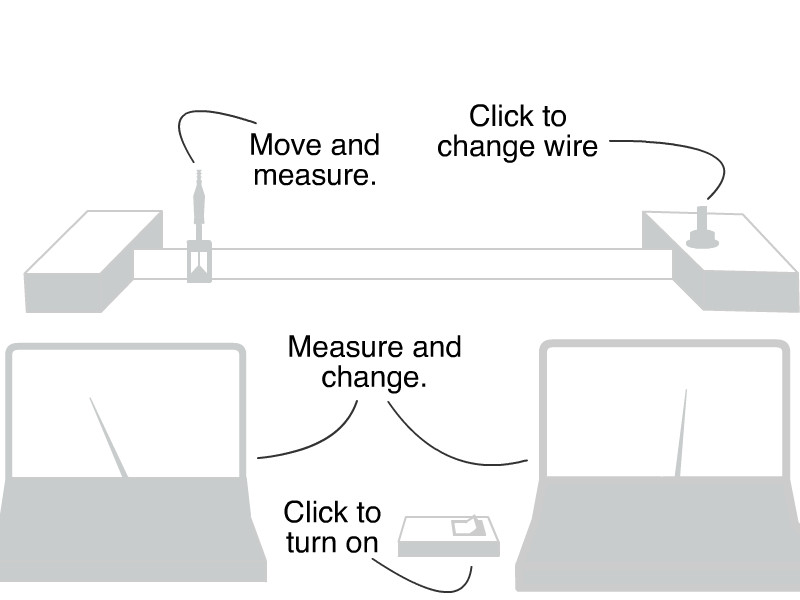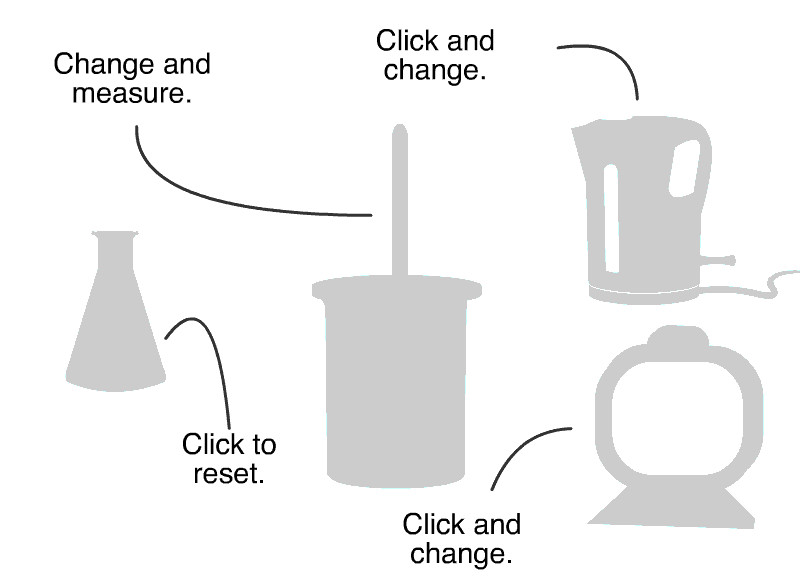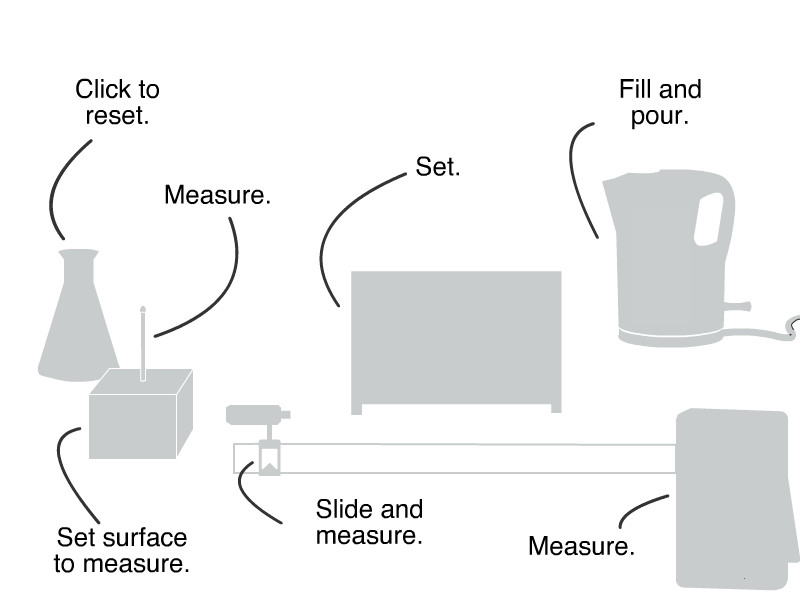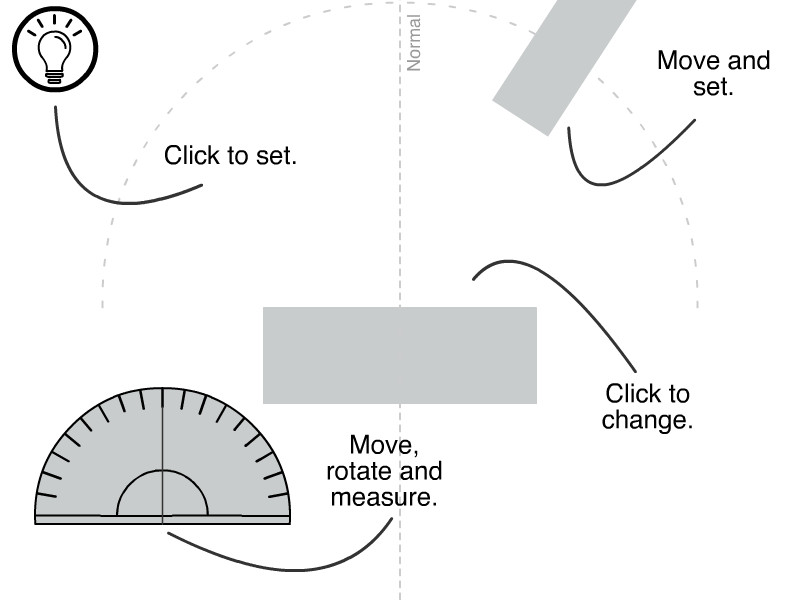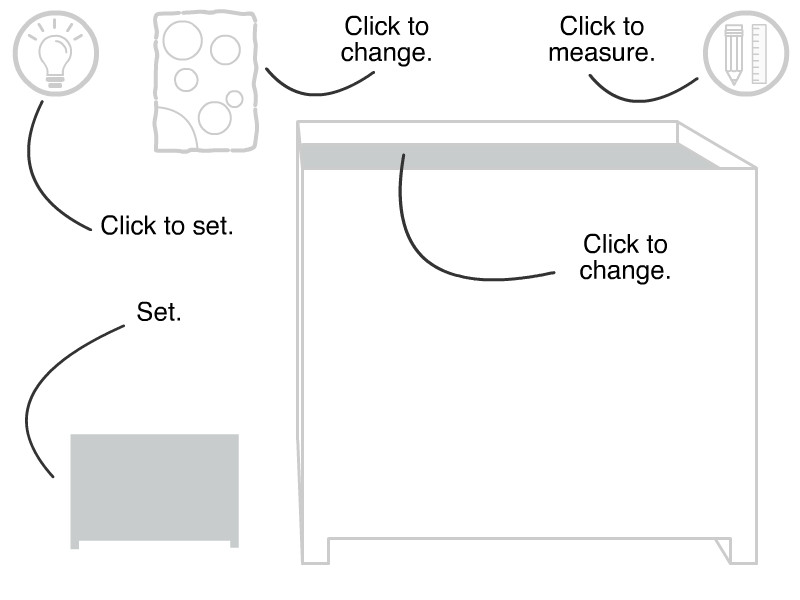Most people are familiar with waves on the surface of water from looking at ripples created by, for example, dropping stones into the water. This might seem to have little to do with how we live but this couldn’t be further from the truth – waves are essential for our existence and there is a huge range of applications of them in our world.
Understanding waves on water Is essential for understanding important topics like coastal erosion and how to reduce it, using renewable electricity from wave poower, designing ships, and even calculating the speed of tsunami events.
We find all sorts of other waves, too, though. Light is a kind of electromagnetic wave, together with all parts of the electromagnetic spectrum, including radio waves, microwaves, infrared radiation, ultra-violet, X-rays, and even gamma rays. The range of applications from these is immense, and includes, among many other areas, optics (do you wear glasses or contact lenses?), communications, displays, sensors, telescopes and microscopes, imaging techniques, medical diagnostics and therapies, radar, cooking, heating, energy applications, and manufacturing techniques (e.g. laser-selective melting 3D printing), and all sorts of scientific methods of measurements or controlling matter, e.g. measuring the distance between atoms in a material, finding the structure of a protein molecule, or even laser-cooling and trapping of atoms.
The vibrations in materials are waves, too, and these allow us to make all sorts of musical instruments with different sounds. Sound then travels through the air and materials as a wave, and this allows us to design soundscapes and tones using acoustics. These effects also allow sonar to map below the surface of the sea, acoustic imaging to visualise underground structures, and ultrasound imaging to show us inside the human body, for example, to check the health and development of a growing foetus through to visualising damage to a bone joint.
At a larger scale, seismology uses how wave vibrations travel through the Earth to understand its structure and why events like earthquakes happen. Understanding waves then also helps us to design buildings that can withstand earthquakes. Seismology is now even being applied to other planets in the Solar System to understand their structures, too. Believe it or not, the Sun’s surface shows ripples due to pressure waves inside it, and scientists study these to learn more about what happens inside the Sun. And, within the last few years, scientists have detected gravitational waves that travel through the universe!
Zooming back to the smallest scales, atoms and subatomic particles such as electrons often behave like waves (if you continue to study science will learn more about this in the coming years). These properties have been incredibly important for us to understand fundamental physics and have given us new areas of science such as ‘quantum mechanics’. This helps to explain the nature of atoms, how they interact, and why different elements have such different properties – these were huge questions for humankind for centuries. Indeed, all chemistry comes from electrons having wave properties, while the electrical properties of metals, semiconductors, and insulators, as well as most magnetic properties of materials, come from the wave properties of electrons. Today, we’re seeing new technologies based on quantum mechanics, such as unbreakable codes (cryptography) and super-powerful ‘quantum computing'. These same wave properties of electrons lie behind crucial biological processes such as photosynthesis, without which there would be no life on Earth.
What’s great news is that waves have many common properties, whatever type they and wherever they are found.
The FlashyScience Properties of Waves experiment will help you on the first steps of the journey to understand how waves travel and can be used!







